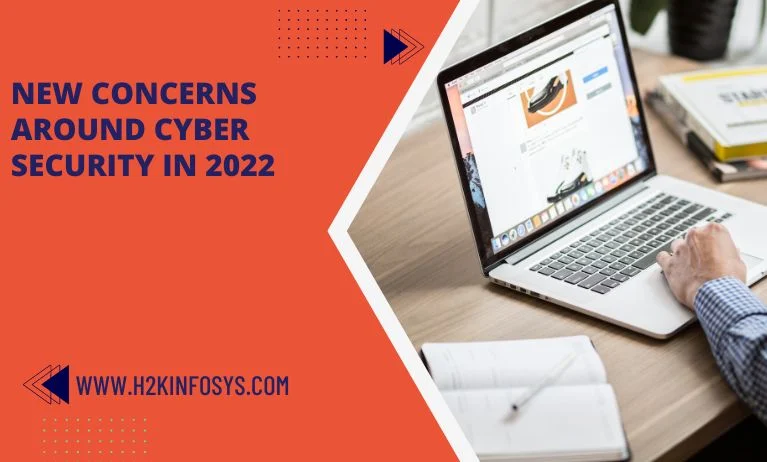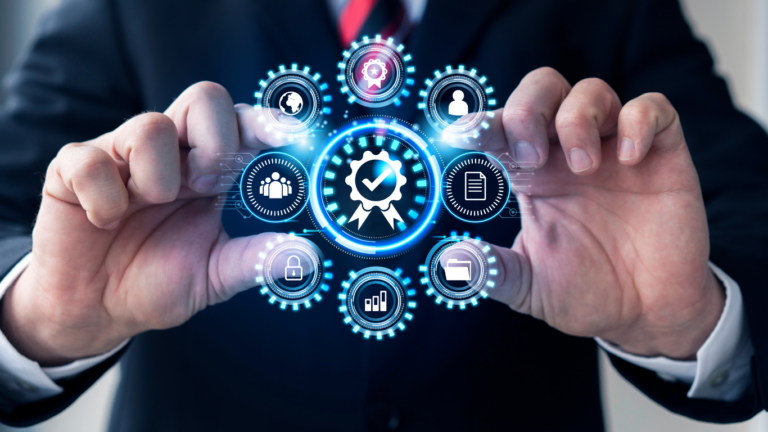By utilizing processes, rules, and technology, cybersecurity tries to lower the risk of assaults while simultaneously defending against the illegal use of technologies, systems, and networks.
Despite the fact that cyberattacks have existed since the advent of technology, there are now more cyber risks than ever thanks to the rapid development of innovative technologies in recent years.
It is erroneous to think that individuals or businesses are uninterested in cyber attackers in today’s globally digital environment, where the majority of people utilize one or more gadgets (smartphones, laptops, tablets, etc.).
Everyone who uses the internet in 2022 needs cyber security. The main reason for this is that most cyberattacks use automated attacks to take advantage of widespread weaknesses. Here are some of the concerns surrounding cyber security in 2022.
1.Cloud attacks.
The present era of new technology has transformed the physical world of data storage with cloud computing. Cloud services are widely used by businesses of all sizes to store user-sensitive data.
While its use has decreased costs and improved efficiency, it has also created opportunities for data security breaches.
The absence of encryption, lack of authentication, and inappropriate implementation of cloud settings are the main causes of compromised data security. To preserve the integrity of sensitive information, they must maintain a number of concerns for cloud security and data protection.
2.Remote Works.
The COVID-19 pandemic has permanently altered the workplace and the security measures in place.
Security administrators now regularly deal with issues like enabling secure remote fast VPN access and connectivity, implementing technologies to maintain employee productivity while ensuring security, enforcing remote security policies, and dealing with security problems on home networks like shadow IT. A VPN is required for this, and a trustworthy VPN service is the only way to enable distant secure VPN access. A solid VPN service often supports all operating systems, including Windows, Linux, Mac, iOS, and Android, while putting the users’ privacy first.
Two years later, when workers start to trickle into offices, businesses are faced with a new challenge: providing a secure hybrid mix of in-office and at-home personnel.
3.Internet of Things (IoT) attacks.
The Internet of Things (IoT), for those who are new, is essentially the connection of physical objects via various sensors that talk to one another. As more data is transferred between systems, vulnerabilities could develop that would give hackers and other thieves access to personal data.
The Internet of Things, or IoT, is particularly susceptible to attacks on data security. The IoT sector is currently the main target for cybercriminals looking to access users’ sensitive data. According to Statista estimates, there will be 12 billion by the end of 2022 and 25 billion connected devices by 2030.
4.Cryptocurrency and Blockchain Attacks.
Hackers’ most popular targets are digital currency and wallets. Consumers, companies, and governments are utilizing cryptocurrencies in novel ways, but security dangers and flaws have been brought to light by a recent spate of cyberattacks. Numerous blockchain attack types with a high vulnerability to digital wallets, including Eclipse, Poly, DDOS, and Sybil, made the news.
Any trader, bitcoin exchange, or company working with blockchain or cryptocurrencies hopes their data won’t be compromised the least. As a result, businesses should carefully consider improving their IT architecture and getting ready for cybersecurity attacks.
5.Third-Party Exposures.
By breaking into less secure networks belonging to third parties who have privileged access to the hacker’s principal target, cybercriminals can circumvent security measures.
At the start of 2021, hackers exposed personal information from over 214 million Facebook, Instagram, and Linkedin accounts, which is a significant example of a third-party breach. By hacking Socialarks, a third-party contractor that was employed by all three organizations and had access to their networks, the hackers were able to gain access to the data.
6.Phishing Scams.
Users’ login credentials and credit card information are the main objectives of phishing attacks, which are a type of social engineering attack. In contrast to ransomware, the information, in this case, is used to the hacker’s advantage.
Even if employees work remotely, businesses can still secure them by implementing access control regulations. Cybersecurity education and expertise stand out as essential elements when it comes to protecting the company against phishing schemes.
7.Ransomware.
Over time, ransomware has only gotten more advanced, more accessible, and more practical for hackers. Cybercriminals are now able to subscribe to “Ransomware-as-a-Service” companies, which let users use pre-developed ransomware tools to carry out attacks in return for a portion of any successful ransom payments. The prevalence of RaaS has made ransomware attacks substantially more accessible to small-time hackers, which will only lead to an increase in the frequency of these attacks.
Conclusion
In conclusion, It might be overwhelming to keep up with and defend against brand-new cybersecurity dangers as they emerge. Even the most robust cybersecurity system can’t guarantee protection from attacks since millions of hackers are working around the clock to create new attack techniques faster than businesses can upgrade their defences.To ensure that your business won’t be destroyed even if you are the target of a successful assault, it is crucial to augment your cybersecurity strategy with proper insurance. You may feel secure knowing that you’re as secure as it is possible to be with robust cybersecurity protections and the safety net that insurance provides. Learn more about cybersecurity by enrolling in an online cybersecurity training.






























